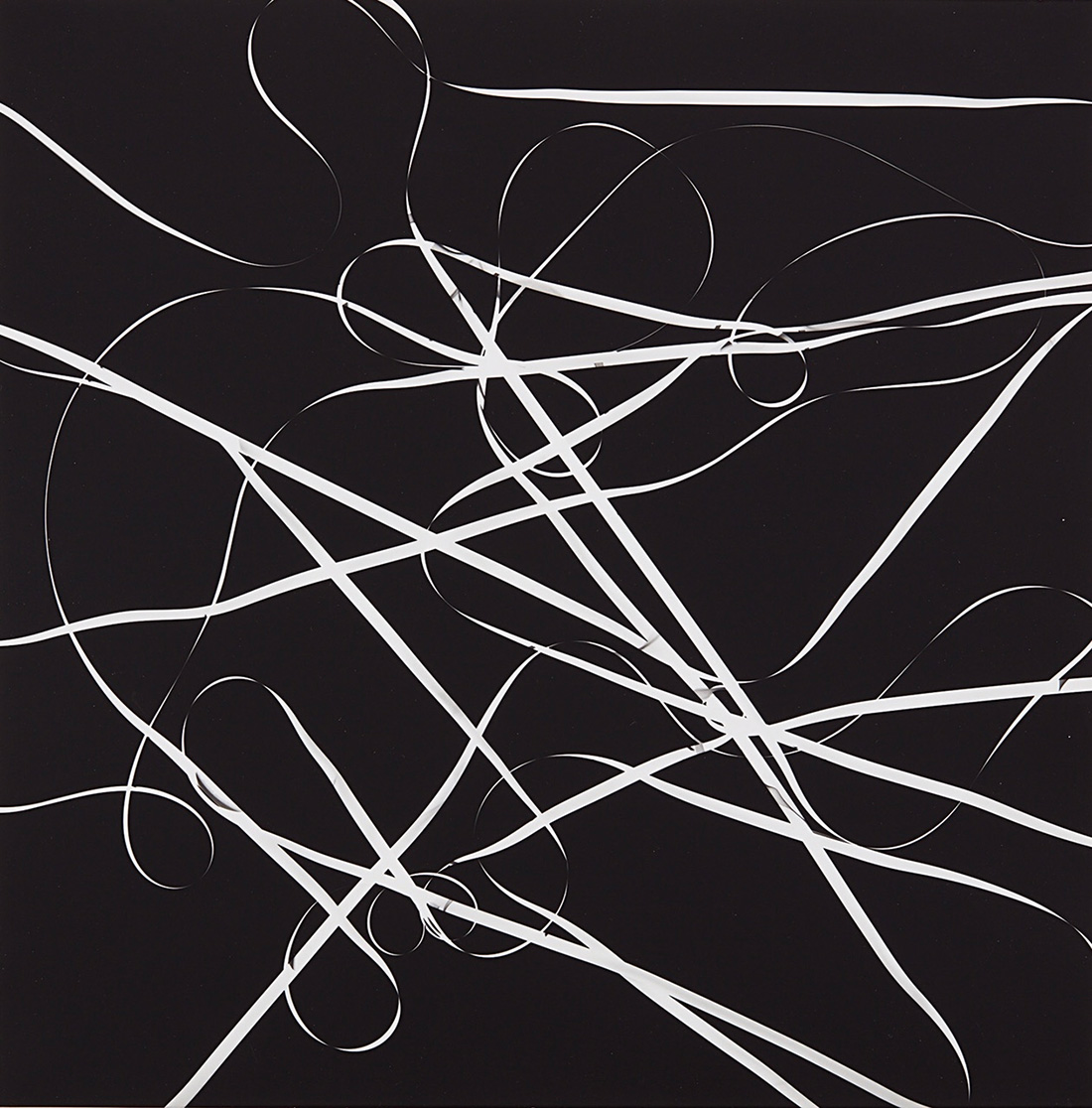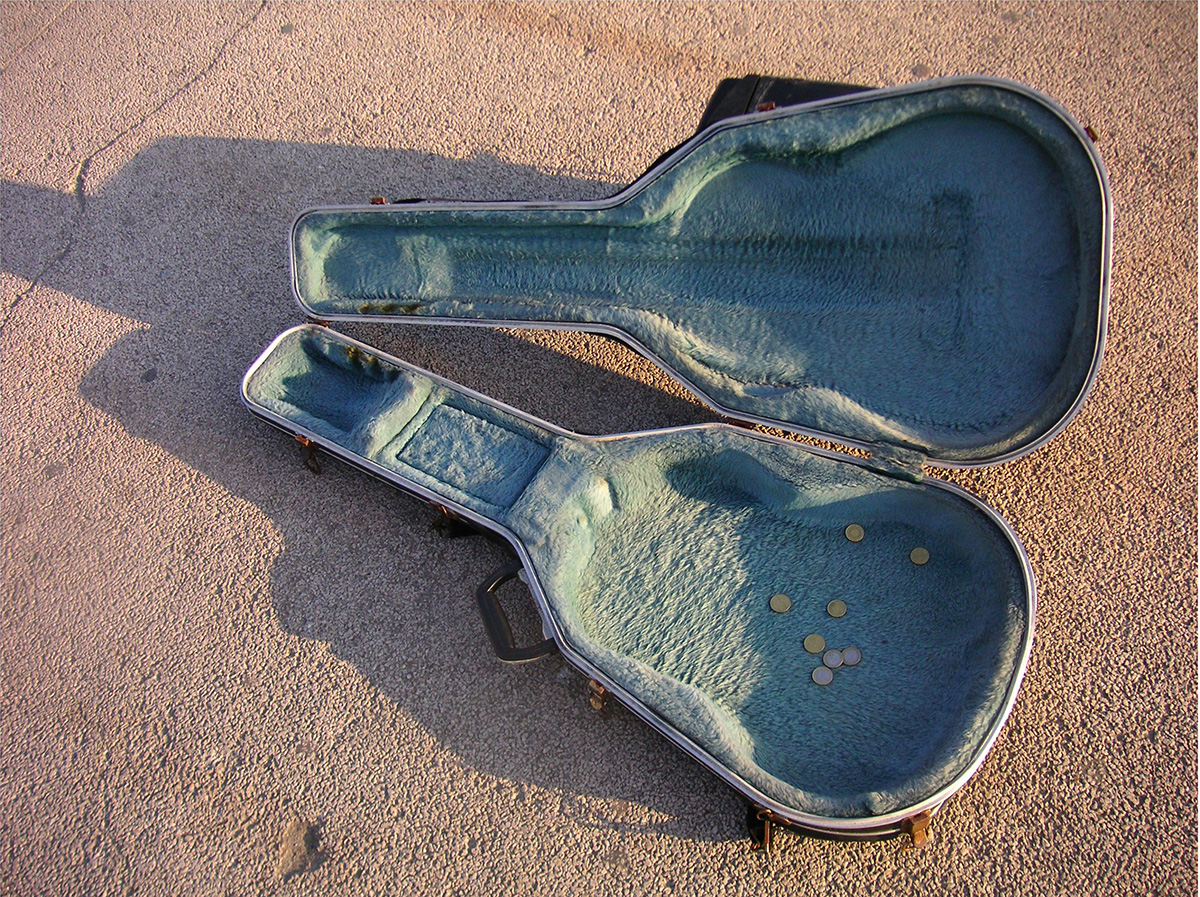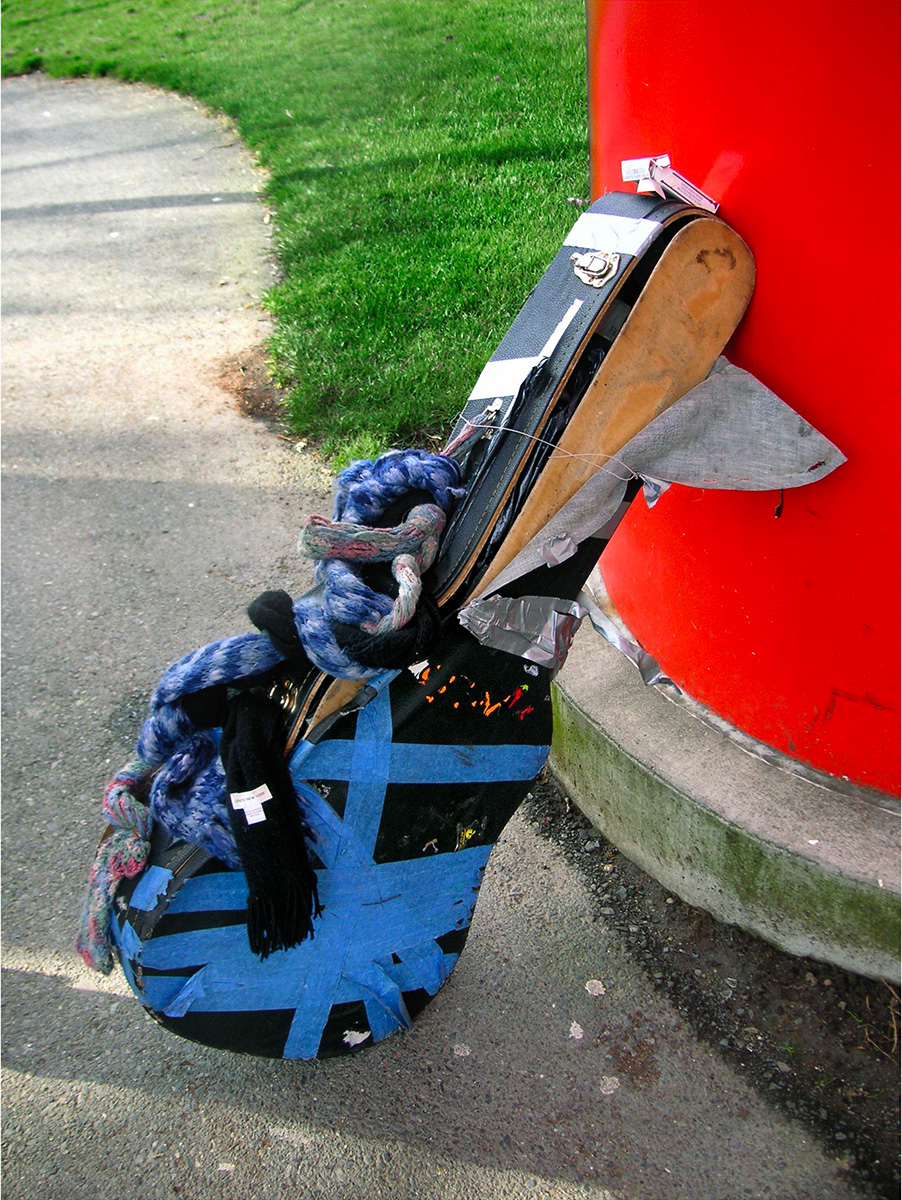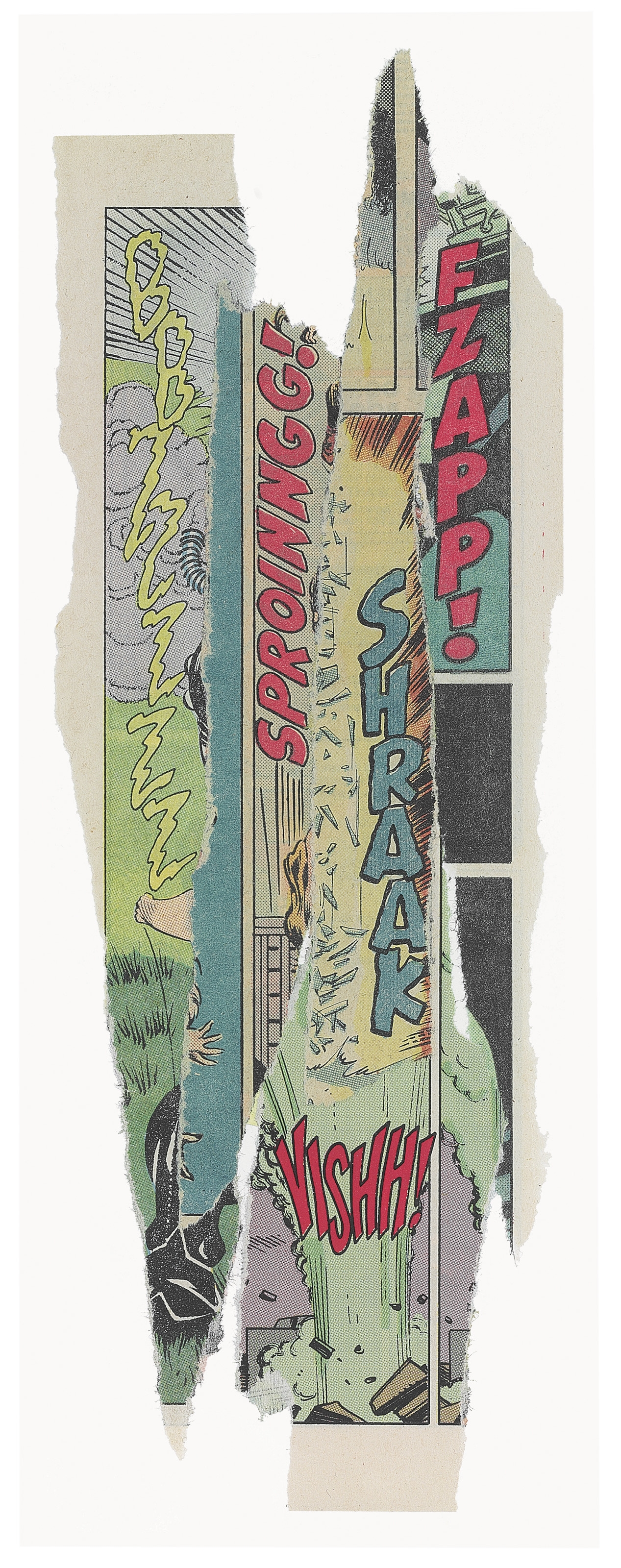United States
Christian
Marclay


Biography
Born in 1955 in California, Christian Marclay studied art in Geneva (at the École supérieure d’art visuel) and Boston (at the College of Art). Today living and working in New York and London, Marclay is quite a few things, a musician – he has worked with Sonic Youth, Kronos Quartet, Otomo Yoshihide, and Ikue Mori – a composer and a pioneering one in that in the 1970s he used vinyl LPs to create sound collages, and finally a visual artist. His works have been shown in the San Francisco Museum of Modern Art (2001), the Pompidou in Paris (2000, 2002-2003), the Seattle Art Museum, the Tate Modern in London, and the Palais de Tokyo in Paris (2004), the Moderna museet in Stockholm (2006), and the Cité de la musique in Paris (2007).
In 2011, he was awarded the Golden Lion at the Venice Biennale for The Clock (2010), a film that runs for twenty-four hours and demands to be experienced in real time. In it the artist has compiled thousands of sequences from existing popular movies which show the hours, minutes, even seconds of a complete day. Thus, the time seen on screen is always identical to the actual time the viewer is experiencing.

About the artworks
“A lot of my work is about how an image is expressive of sound, how sound is expressed visually,” the artist explains. A “visual artist of music” or “composer of the modern age,” Marclay explores a common space, often considered improbable, that brings together the visual arts and music. At the heart of his experimentation, the Geneva-raised American artist combines a multitude of media such as sound, record covers, vinyl LPs, magnetic tape, and film excerpts. While he owes his fame basically to the virtuosity of his film montages, and his performance work is a characteristic part of his oeuvre, he does have one daily art practice that is less well known, namely, photography. From photograms to digital snapshots to cyanotypes and found photographs, the artist tackles a whole history of photography. Silently the images are meant to be understood paradoxically as musical notes. And indeed, the shots he has been gathering around the world for forty years give birth to sounds in the mind.
The apparent stillness in the galleries where the photographs are displayed, broken by shots of onomatopoeia, concerts, even a T-shirt or an umbrella featuring a music stave, plays a latent music that oscillates between the spheres of archiving and actualization. In these images (cibachromes) produced all over the world between 2003 and 2005, the guitar is king thanks to its form, promotion, even absence; the instrument dominates the composition and knocks out those tunes that are played everywhere, whether on the road or on a street corner.
The artworks
07
Untitled, 2001
Unique Photogram
30.5 x 30.2 cm
Untitled, 2001
Unique Photogram
30.5 x 30.2 cm

Lisbon, 2005
C-print
Ed. 1/5
32.8 x 39.4 cm
Lisbon, 2005
C-print
Ed. 1/5
32.8 x 39.4 cm

New-york, 2004
C-print
Ed. 1/5
32.8 x 39.4 cm
New-york, 2004
C-print
Ed. 1/5
32.8 x 39.4 cm

Los angeles, 2003
C-print
Ed. 1/5
32.8 x 39.4 cm
Los angeles, 2003
C-print
Ed. 1/5
32.8 x 39.4 cm

Seattle, 2005
C-print
Ed. 1/5
39.8 x 32.4 cm
Seattle, 2005
C-print
Ed. 1/5
39.8 x 32.4 cm

Cigarettes, 2016
Single-channel animation, silent, continuous loop
Ed. 5/6 + 2 AP
Variable dimensions
Cigarettes, 2016
Single-channel animation, silent, continuous loop
Ed. 5/6 + 2 AP
Variable dimensions

Vishh!, 2006
Pigment print on Arches paper
Ed. of 5 + 2 AP
267,9 x 100 cm
Vishh!, 2006
Pigment print on Arches paper
Ed. of 5 + 2 AP
267,9 x 100 cm

